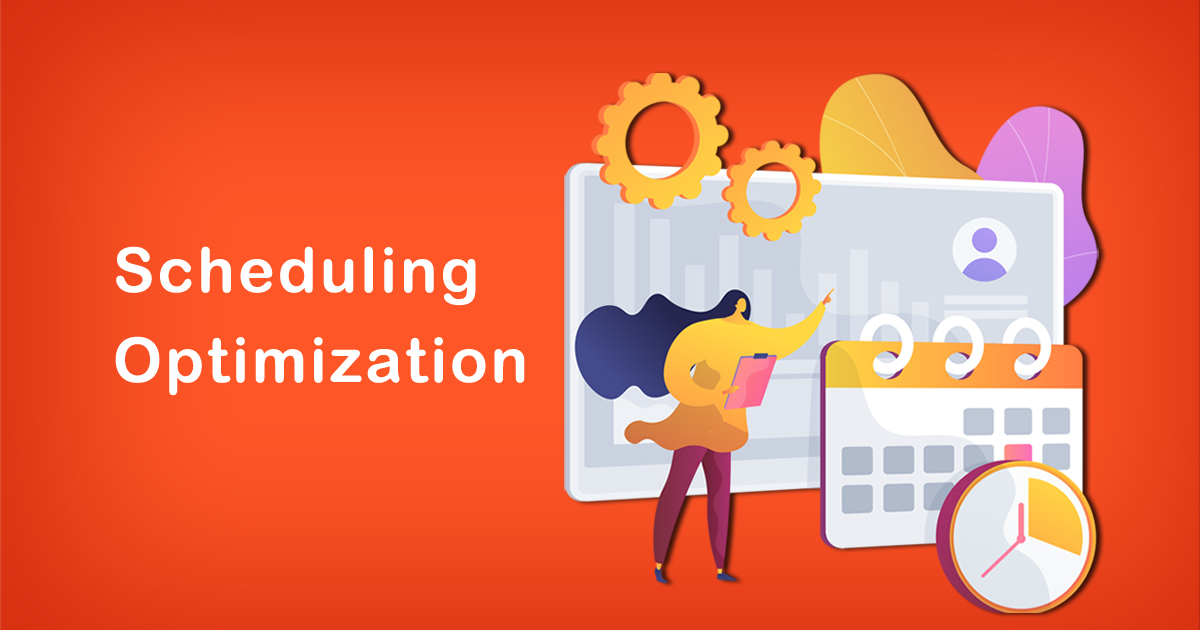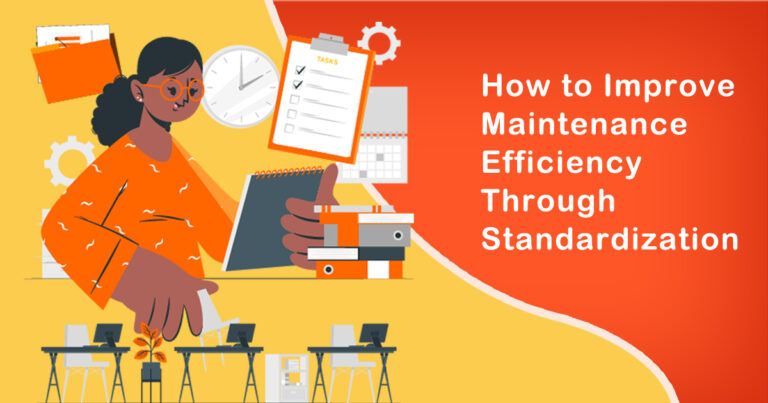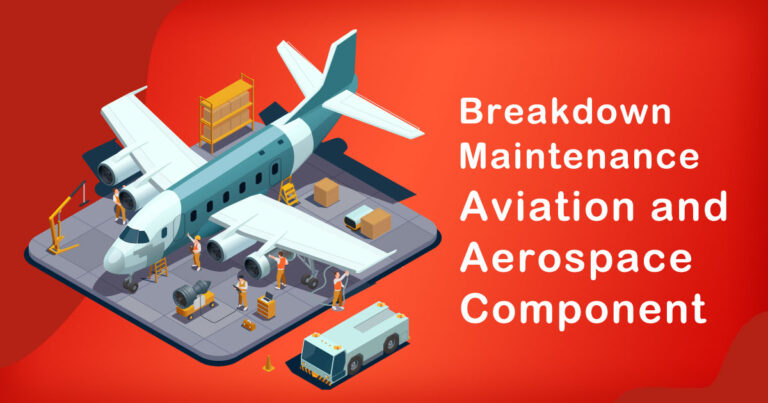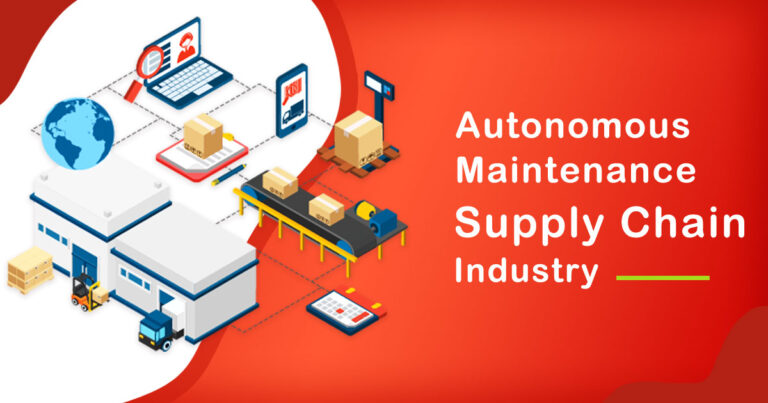Introduction
Maintenance is an essential part of any industrial or commercial operation, ensuring that equipment and machinery are working at optimal levels, and that safety standards are met. However, maintenance can be a time-consuming and costly process, particularly when it comes to scheduling and planning. In this article, we will explore how to improve maintenance efficiency through scheduling optimization, including the benefits of scheduling optimization and practical tips for achieving it.
The Benefits of Scheduling Optimization
Optimizing maintenance scheduling offers several benefits to businesses. Firstly, it reduces downtime and maintenance costs, as equipment can be serviced and maintained more efficiently. Secondly, it can increase production output, as equipment is operating at optimal levels. Thirdly, it enhances safety by ensuring that equipment is operating safely and that any potential hazards are addressed.
Tips for Scheduling Optimization
There are several steps that businesses can take to optimize their maintenance scheduling, including the following:
1. Prioritize Equipment
Start by prioritizing the equipment that requires maintenance. Identify which pieces of equipment are critical to production, and which can be serviced during quieter periods. This will help you to allocate your resources effectively and reduce downtime.
2. Create a Schedule
Once you have identified which equipment requires maintenance, create a schedule. This should include details of the equipment, the type of maintenance required, and the frequency of maintenance. You should also factor in any seasonal changes or expected changes in production levels.
3. Use Software
Consider using specialized maintenance management software to manage your maintenance schedule. These tools can help you to automate the scheduling process, track maintenance tasks, and monitor equipment performance. Some software can also offer predictive maintenance capabilities, which can help you to identify potential issues before they occur.
4. Train Staff
Ensure that your maintenance staff is well-trained and equipped with the skills and knowledge they need to perform maintenance tasks effectively. Regular training can help to improve the efficiency of maintenance tasks and reduce the risk of equipment downtime.
5. Monitor Performance
Regularly monitor the performance of your equipment to ensure that it is operating as expected. This will enable you to identify any issues early and take corrective action before they lead to downtime.
Conclusion
Optimizing maintenance scheduling is a crucial aspect of reducing maintenance costs, increasing production output, and enhancing safety. By prioritizing equipment, creating a schedule, using software, training staff, and monitoring performance, businesses can significantly improve their maintenance efficiency. With the right tools and processes in place, maintenance scheduling can become a streamlined and efficient part of any operation.








